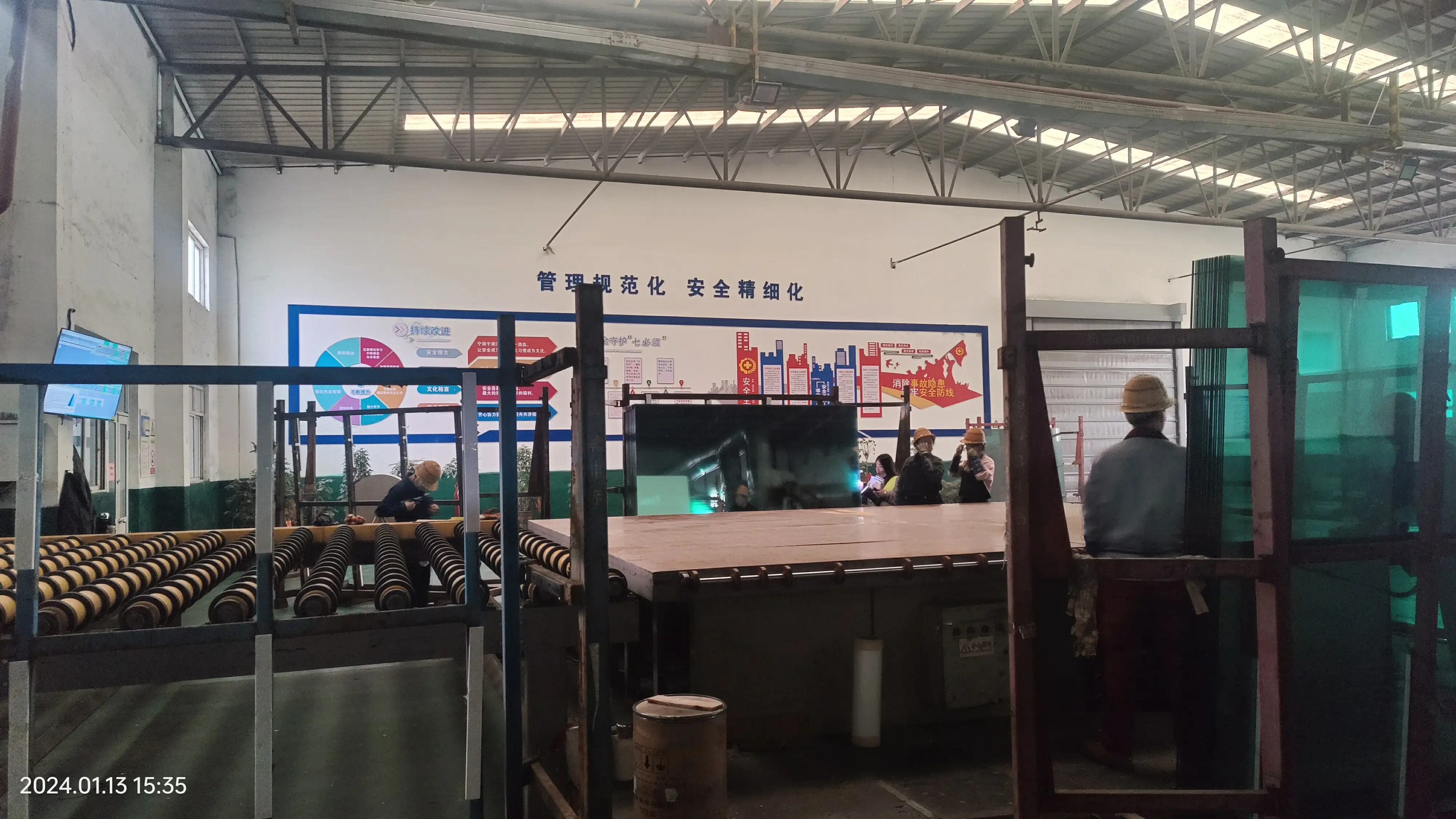

The Fascinating World of Surface Silvered Mirrors
Surface silvered mirrors, a staple in both artistic and scientific communities, have a rich history and a range of applications that make them an intriguing subject of study. These mirrors are noted for their unique reflective properties, which are achieved through a sophisticated coating process. By understanding the science and craftsmanship behind surface silvered mirrors, we can appreciate not only their aesthetic value but also their functional significance in various fields.
At the heart of a surface silvered mirror is the process known as silvering. This involves depositing a thin layer of metallic silver onto a glass substrate. The application of silver not only enhances the reflective properties of the glass but also gives the mirror its characteristic brightness and sheen. The silver film effectively reflects light, allowing the viewer to see a clear and undistorted image. Typically, the process begins with cleaning the glass thoroughly to remove any impurities. Next, a silver nitrate solution is applied, often using an electrochemical process that reduces the silver ions to metallic silver, resulting in a smooth, reflective surface.
Historically, the use of silver as a reflective material dates back centuries. The earliest mirrors were made by polishing polished metals like bronze or copper. However, it was during the 19th century that the surface silvering method became widely popular, offering a more efficient and effective means of creating high-quality mirrors. The introduction of this technology revolutionized how mirrors were made, providing a durable and cost-effective solution that was quickly adopted across various industries.
Surface silvered mirrors are not just functional; they are also an essential element in art and design. They can create a sense of depth and space in interiors. Designers often utilize these mirrors to enhance lighting and create ambiance, making rooms appear larger and more inviting. The reflective qualities also add a layer of complexity to artistic compositions, allowing artists to play with perception and reality.

In addition to their aesthetic applications, surface silvered mirrors are indispensable in scientific settings
. They are used in telescopes, microscopes, and other optical instruments to focus and redirect light. Their high reflectivity makes them ideal for applications requiring precision, such as in the creation of high-quality images or in experiments that demand controlled lighting conditions. The ability to manipulate light through the use of mirrors has been fundamental in many scientific discoveries, pushing the boundaries of our understanding of the universe.However, surface silvered mirrors are not without their challenges. The silver coating can tarnish over time, reducing reflectivity and requiring careful maintenance. Even though modern techniques have improved the durability of silvering, individuals and institutions must still take precautions to preserve these mirrors. Regular cleaning and appropriate storage conditions can prolong their life and maintain their reflective qualities.
In recent years, researchers have also been exploring alternatives to traditional silvering methods, aiming to develop more environmentally friendly and durable coatings. As technology progresses, we may see innovations that change the landscape of mirror production, making them more sustainable while retaining all the optical advantages inherent in surface silvered mirrors.
In conclusion, surface silvered mirrors represent a fascinating intersection of art, science, and technology. Their ability to reflect and manipulate light has made them an essential tool in various applications, while also serving as a medium for artistic expression. Understanding the history and production processes behind these mirrors allows us to appreciate their significance, both aesthetically and functionally, in our daily lives. As we look to the future, the ongoing advancements in mirror technology hold the promise of even greater possibilities for this timeless reflective medium.